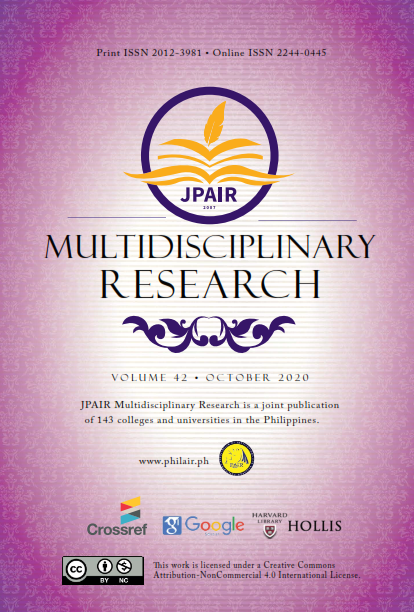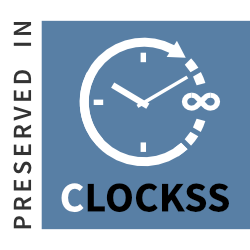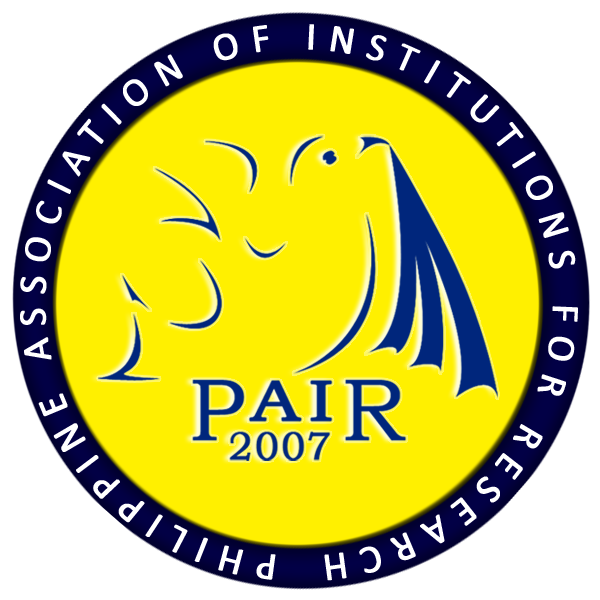Build an Artificial Coral Reef Community Extension Project: An Impact Study
DOI:
https://doi.org/10.7719/jpair.v42i1.795Keywords:
Ecology, Social Science, Artificial Coral Reefs, Impact Evaluation, and Study Design, PhilippinesAbstract
Coral reefs are ecologically important as they provide shelter and life support to the marine resources, sustain ecological balance, and human existence. Coral reef degradation is an ecological problem that needs human intervention and is considered a school’s social responsibility. The USANT College of Maritime Education and College of Engineering and Architecture rationalized social responsibility in partnership with the Bureau of Fisheries and Aquatic Resources (BFAR) and the Philippine Coast Guard Auxiliary (PCGA) and the barangay Pararao, Balatan, Camarines Sur, Region V, Philippines. The researcher used the Impact Evaluation and Study Design substantiated by an FGD and Underwater Diving of BFAR marine specialists to ascertain the impacts of the artificial coral reef project in drawing environmental awareness and determine the actual effect of the artificial coral reefs as shelters and spawning sites of fishes. Findings reveal that communal participation in safeguarding the vicinity of the reefs emanating at the barangay level is evident; the community folks had gained an understanding of the role of coral reefs in the ecosystem and school of fishes shoaled in the vicinity. Thus, this coral reef project drew positive attention, reduced minimalistic attitudes, and increased environmental awareness. The artificial reefs now serve as natural habitats. Active partnership and participation of the stakeholders and the provision of budget are imperative to sustainable project implementation.
Downloads
References
Banaguas, G. (2014). Impact Assessment of Climate Change of Coral Reefs in Busuanga, Palawan, Philippines. Retrieved from https://rspb.royalsocietypublishing.org
Downloads
Published
Issue
Section
License
Copyright (c) 2020 Jose B. Ballesteros

This work is licensed under a Creative Commons Attribution-NonCommercial 4.0 International License.
Open Access. This article published by JPAIR Multidisciplinary Research is licensed under a Creative Commons Attribution-Noncommercial 4.0 International (CC BY-NC 4.0). You are free to share (copy and redistribute the material in any medium or format) and adapt (remix, transform, and build upon the material). Under the following terms, you must give appropriate credit, provide a link to the license, and indicate if changes were made. You may do so in any reasonable manner, but not in any way that suggests the licensor endorses you or your use. You may not use the material for commercial purposes.




















